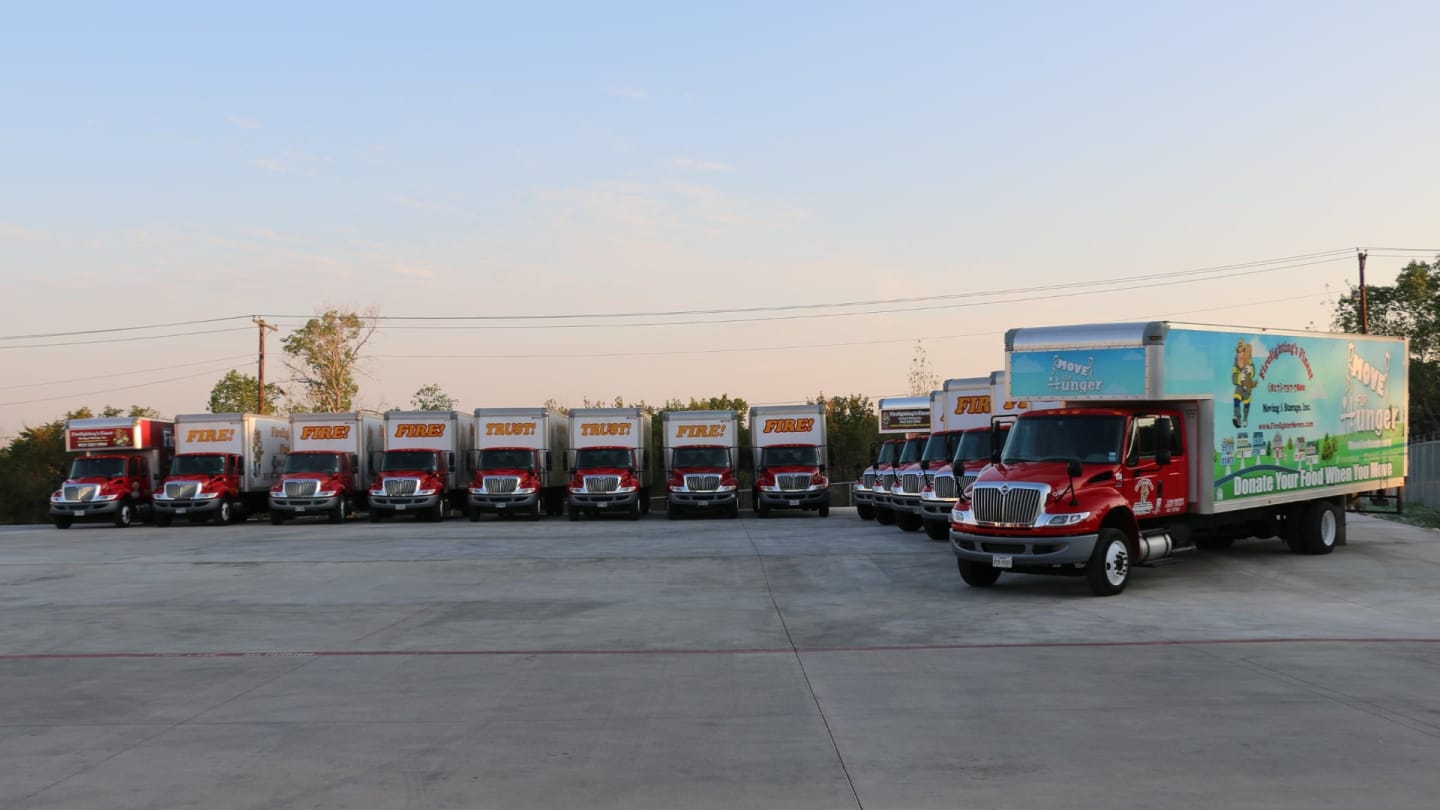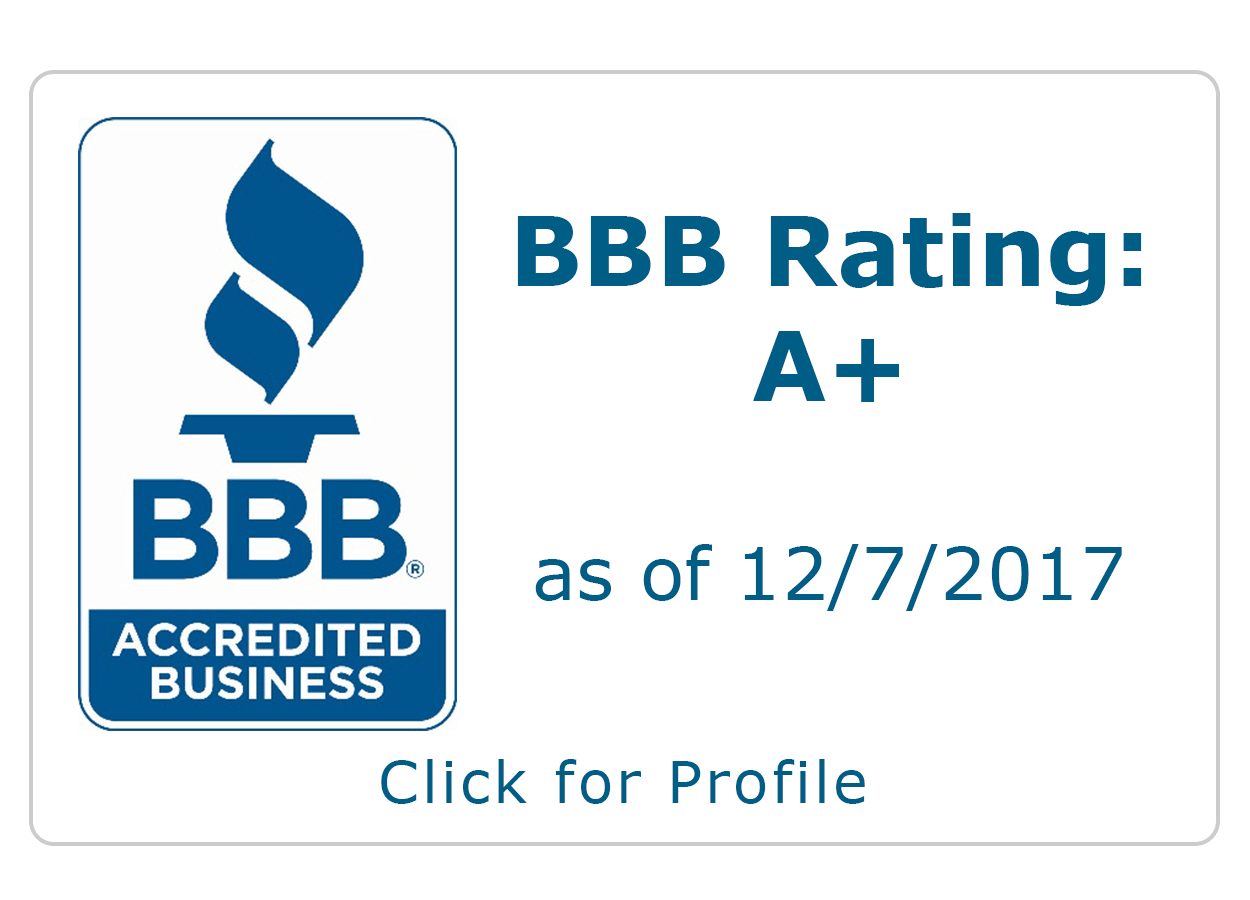Office moving can feel overwhelming, especially if you are in charge of coordinating staff. The key to a successful office relocation, though, is organization, good communication, and a positive attitude. You need a strategy that will inspire and motivate your team, making the entire process go smoothly, from the initial announcement to the last piece of unpacking at the new location. Here, we offer some strategies, along with an office relocation checklist, to help you formulate a plan.
Strategies for Getting Your Staff On Board
Start by building a move team, involving leaders from different departments in your building. Framing the move as teamwork and putting trusted and well-respected employees in charge of the various responsibilities will help you create cohesion among the staff and may even give you insight into their feelings about the move. Make sure to communicate early and keep things upbeat, so you can be a source of inspiration to your employees during this time. Don’t wait too long to announce the move, because you don’t want employees to find out about it from other sources; that’s how rumors get started and this can create trouble down the line.
If you are feeling stressed about the move, don’t communicate that stress to your team. You probably have more information than they do, and they may be feeling even more anxious than you are. Remain calm and level-headed, remembering that the leader sets the tone for the team. When you communicate the news of the relocation, do it the way you usually share information, whether in a chat thread, an email, or in person, making sure to include these points:
- A firm timeline, listing all of the key steps of the move, so everyone has clear expectations.
- Detailed instructions on packing, including where to find supplies, who is responsible for what, and deadlines.
- Advanced notice of office closures due to moving office equipment and other logistical concerns.
- A plan for the new office, including details on how the work spaces may change.
- Information about the new location, including parking and commute options.
Giving Your Staff Ownership of the Move
To help them feel more a part of things, ask your employees for feedback about the layout of the existing office and suggestions for designing the new space. Involve them in making the reception area a welcoming place, and in naming the new meeting rooms. Solicit questions, and welcome ideas for the move and reducing costs. As the day gets closer, communicate more frequently, and make sure everyone knows important deadlines for things like updating contact information, packing personal items, booking parking spaces, and applying for security passes. Be patient as people adjust to the new working environment, and stay in communication, asking about any issues the staff may be encountering. Once you’ve relocated, through a moving-in party, to keep the employees upbeat and motivated.
The Nitty Gritty of Packing
Now that you have some strategies for engaging your employees, we’d like to offer this office relocation checklist to help you manage the details of actually moving the office to a new location.
Before the move:
- Provide employees with a timeline of events, including moving day, so that they can schedule their activities accordingly.
- Put each employee in charge of packing his or her own desk items, excluding office equipment that needs to be coordinated by the department.
- Assign each department the task of assessing which files need to be moved and which can be archived or recycled, going through each folder to eliminate unnecessary items.
- Employees should take home valuable personal items well before the move.
Packing the Office
- Distribute packing materials to the staff, supplied by the moving company, and make sure staff members understand that they can’t use their own materials for insurance purposes.
- Issue each staff member a personal crate for desk items, clearly labelled with the employee’s name and relevant team.
- Put loose items like paperclips, pens, and staples, into clear envelopes.
- Plan to transport upright filing cabinets with their contents intact and their drawers secured with filament tape.
- Empty lateral filing cabinets of all contents, packing the contents into crates and securing the drawers with filament tape.
- Empty all bookcases, packing the contents into crates and packing any shelf pins in a clearly labeled envelope.
Helpful Tips
- Don’t overload crates, but make sure you can still lift them.
- Align crates with the labels facing the same direction, for easier loading and unloading.
- Shut down all computers, printers, and copiers so that they can be safely dismantled and moved.
Professional Help with Office Relocation
When you need office moving services, call Firefighting’s Finest Moving & Storage. We are dedicated to providing efficient, safe, and professional commercial and home moving services, as the reliable moving partner you can trust. Founded in 2001 by two off-duty firefighters, we’ve grown to serve not only the Dallas/Fort Worth area, but also Houston and Austin as well. A locally-owned-and-operated business, we exceed all state and federal requirements for a moving company and can handle all of your moving needs. Call 844-715-6625 or visit our website for an estimate.







